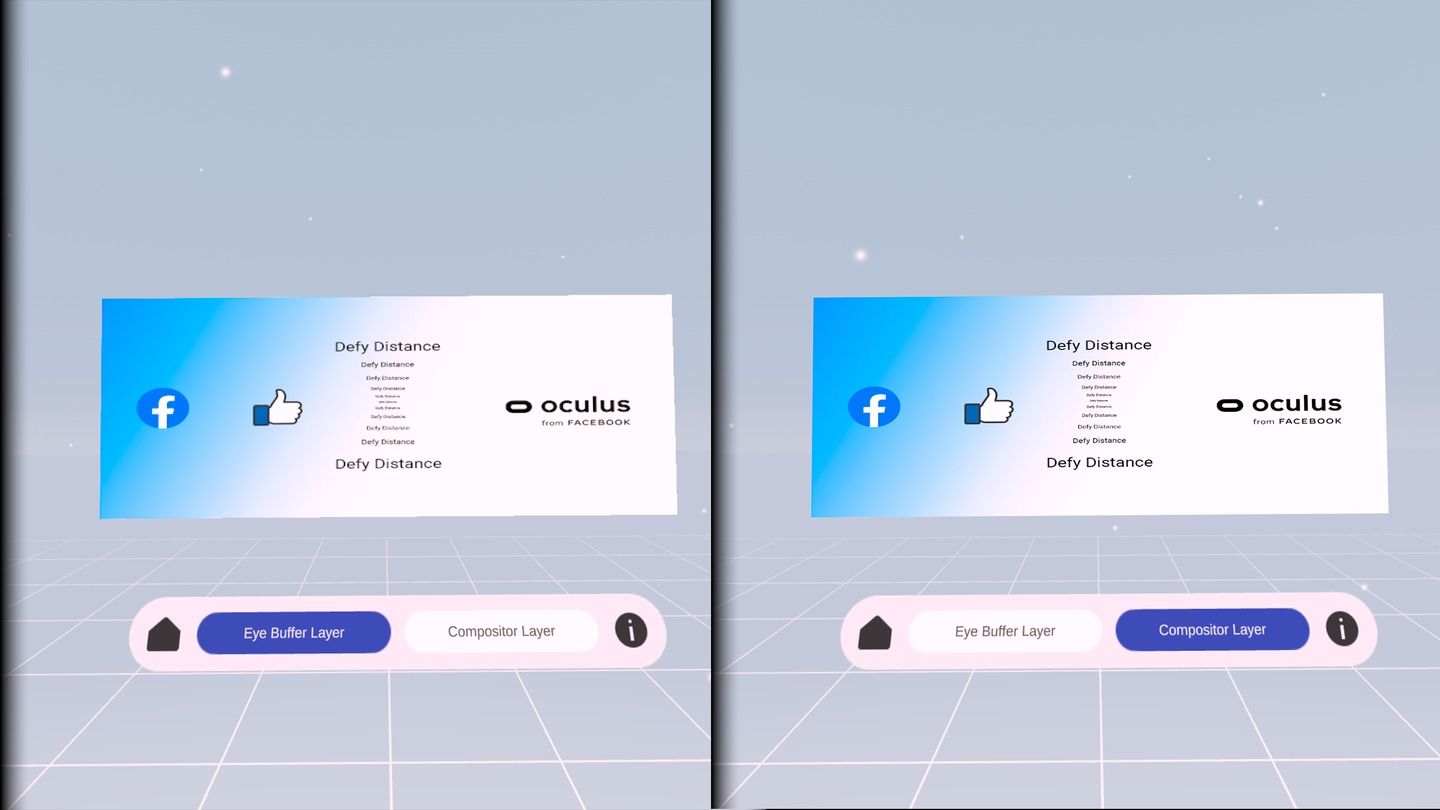GOLF+ showed off the dramatic improvement in user interface clarity achievable by using compositor layers.
Founder and CEO Ryan Engle said he finally got around to using the feature for the game's UI, describing the difference as "mind blowing." He claims it enables reading fonts "about half the size."

Compositor layers let developers pass textures directly to the operating system instead of having them rendered as part of the scene by the game engine. This prevents it from being visually degraded by the lens distortion correction process and the rotational reprojection algorithm VR systems use to minimize perceived latency, sometimes called TimeWarp. The result is sharper, clearer text and other 2D surfaces.
Former Oculus CTO John Carmack frequently espoused the importance of rendering text via compositor layers, going as far as calling it “the biggest” tip for sharp text in VR. First shipped by Oculus, today Pico and HTC headsets also support the feature.
Meta Tech Lead Manager Neel Bedekar claims the GPU performance hit of compositor layers is around 2-3% and said it's "well-worth the cost".

You can see the clarity difference compositor layers makes yourself right now in Meta's 2D Panels demo app on Quest App Lab.
Compositor layers will be used for the GOLF+ UI starting from its next update, which Engle expects to ship next Thursday.




























